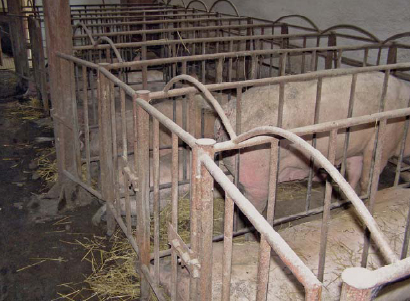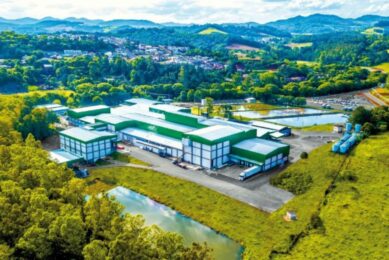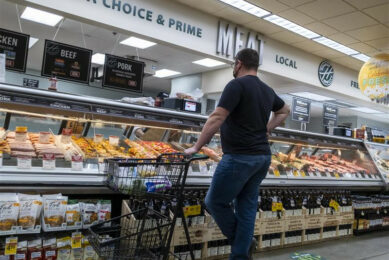Why foreigners invest in the Romanian pig industry

The nature of the Romanian pig industry has gone through a rapid change in the last decade. What happened and what can be expected for the years to come?
A few years ago, the ranking of the first ten pig breeders from Romania was dominated by companies with local capital. Nowadays, there are only three or four Romanian companies that continue to exist at the top. This turnaround took place due to bankruptcies and subsequent departure of some Romanian breeders. What came in their place was a wave of foreign capital investments. It may seem strange that the farms abandoned by Romanians became an attraction for others – a detailed analysis helps to understand this.
A great number of these Romanian producers did not understand the necessity to update their production technology to the modern standards. They chose subsidies as a long-term strategy. A subsidy, however, represents a temporary helping hand with the precise purpose of supporting the industry when it is passing through a crisis or to prepare it for a market with free competition, based on performance.As a result, Romanian producers failed to constantly provide the big processors with the best meat at the lowest costs – often lower than the cost of production. This in turn led to a consistent growth of pig parts and carcass imports. Together, these circumstances caused Romania’s producers, who have an average number of pigs/sow/year of just below 19, to suffer major losses and sometimes even to close down farms.
Pig production in 2011 is much more concentrated – the surviving farmers being only those that have understood the need of having sustainable production based on investments in technology, genetics, nutrition and integration.
Strategy
In this context, in which Romanian farmers were trying to come up with a strategy adapted to the new reality of the market, foreign investors were observing the movements from this sector and most probably they were analysing opportunities for investments.
• Opportunities come from the market dimension(22 million inhabitants) and the demand and supply ratio. Romania produces less pork than it consumes: around 55% of the consumed pork is imported.
• Another opportunity is represented by the possibility to take over farms of large dimensions. These types of projects are hard to build in other western countries due to severe environmental restrictions.
• The agricultural potential of Romania and the possibility to acquire cereals at lower prices provided another favourable motivation.
• Probably, another reason was also the constant political preoccupation of Romania in this direction. Among the foreign investors who saw the potential of the Romanian pig breeding sector are those from Denmark, the USA, Belgium, Italy, Portugal, France, Lebanon, the UK, etc. A lot of them have integrated the pig production chain together with raw material production, slaughterhouses and meat processing, giving an extra value to this entire chain. So far, exporting pork from Romania is not allowed due to Classical Swine Fever (CSF) presence.
In recent years, however, CSF received a lot of attention and the date that pork exports can be started is drawing nearer. Most probably, foreign investments will not stop at this point and Romania will be able to develop the vegetal and zoo-technical potential to a greater extent, thus becoming a major pig production and export centre.











